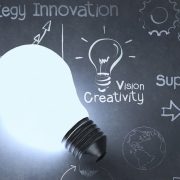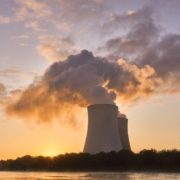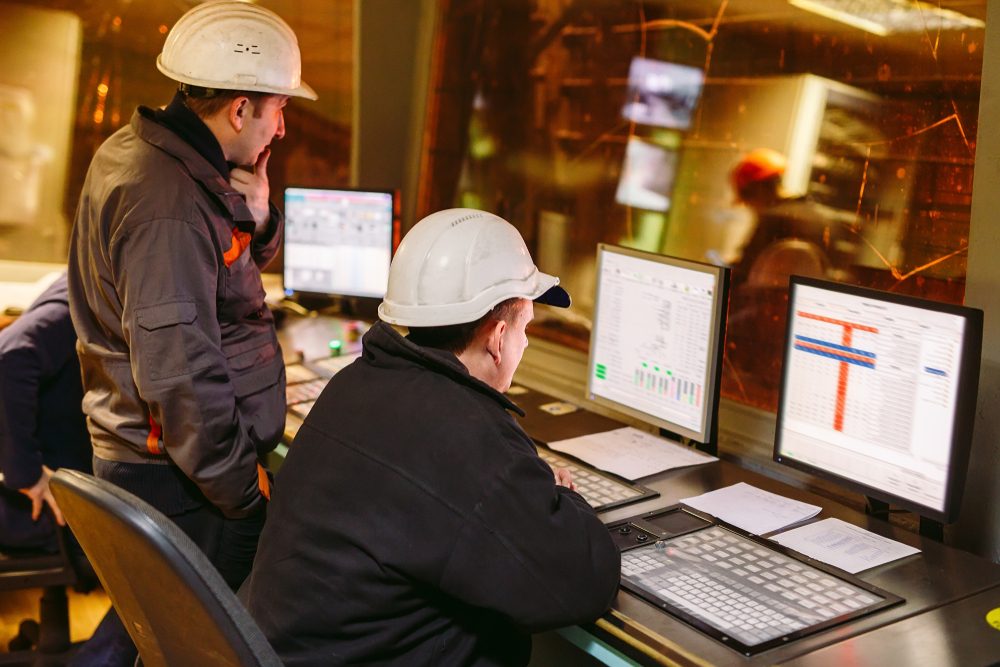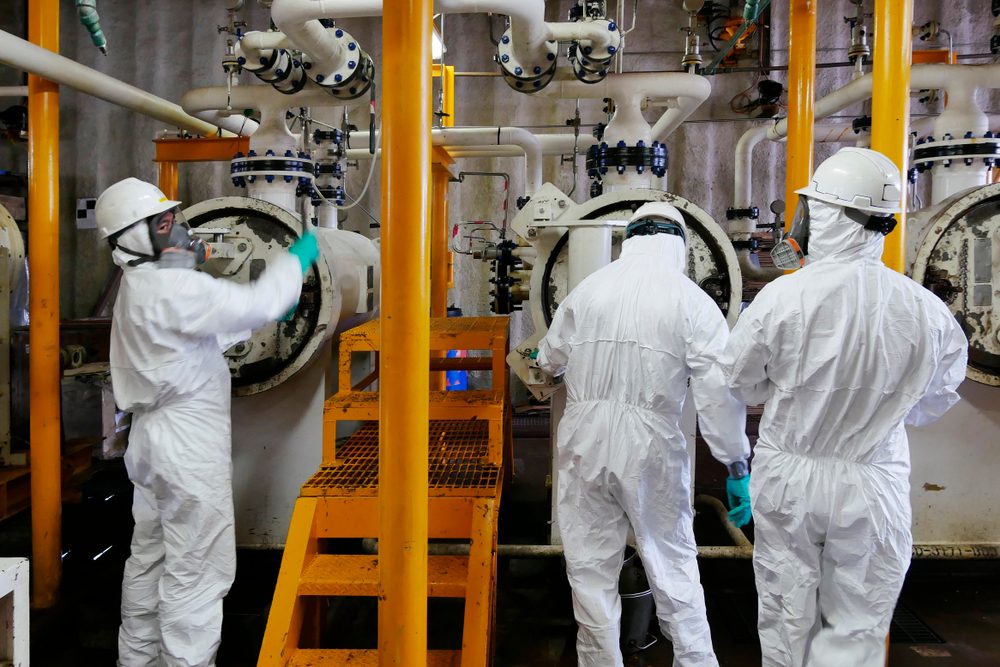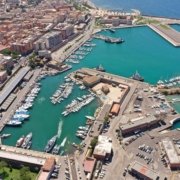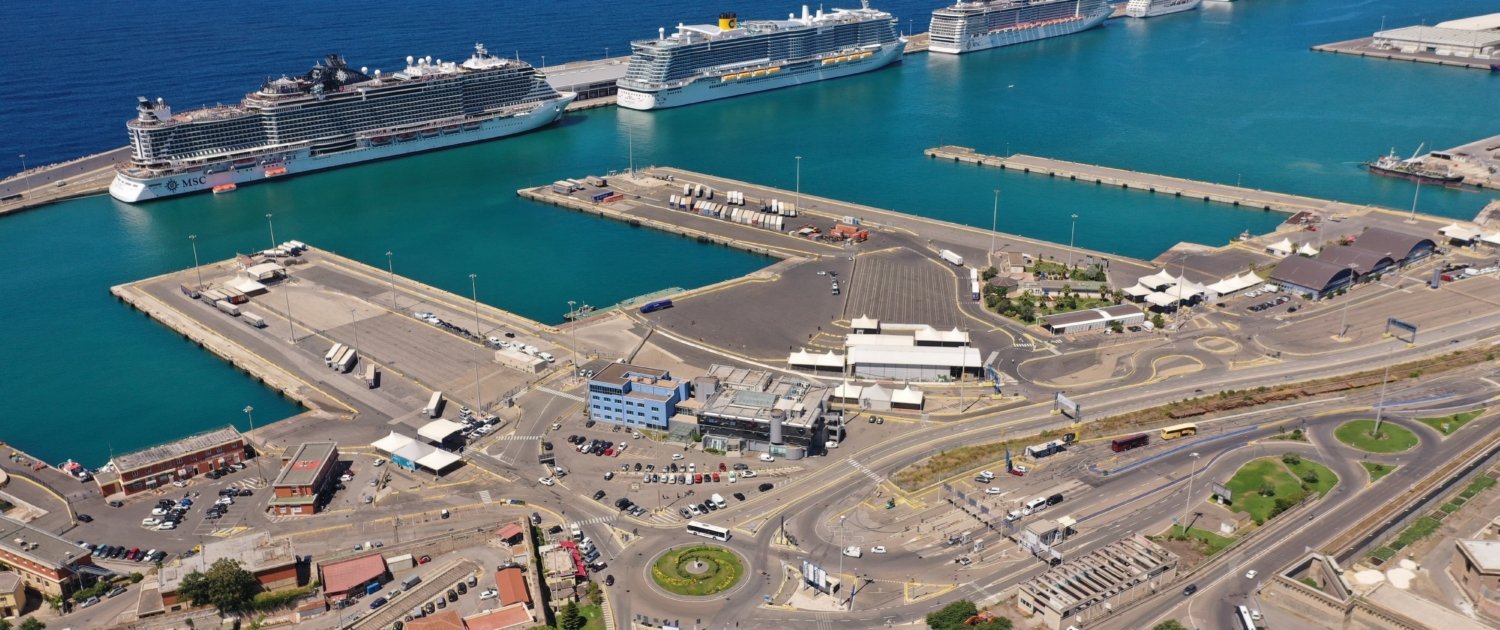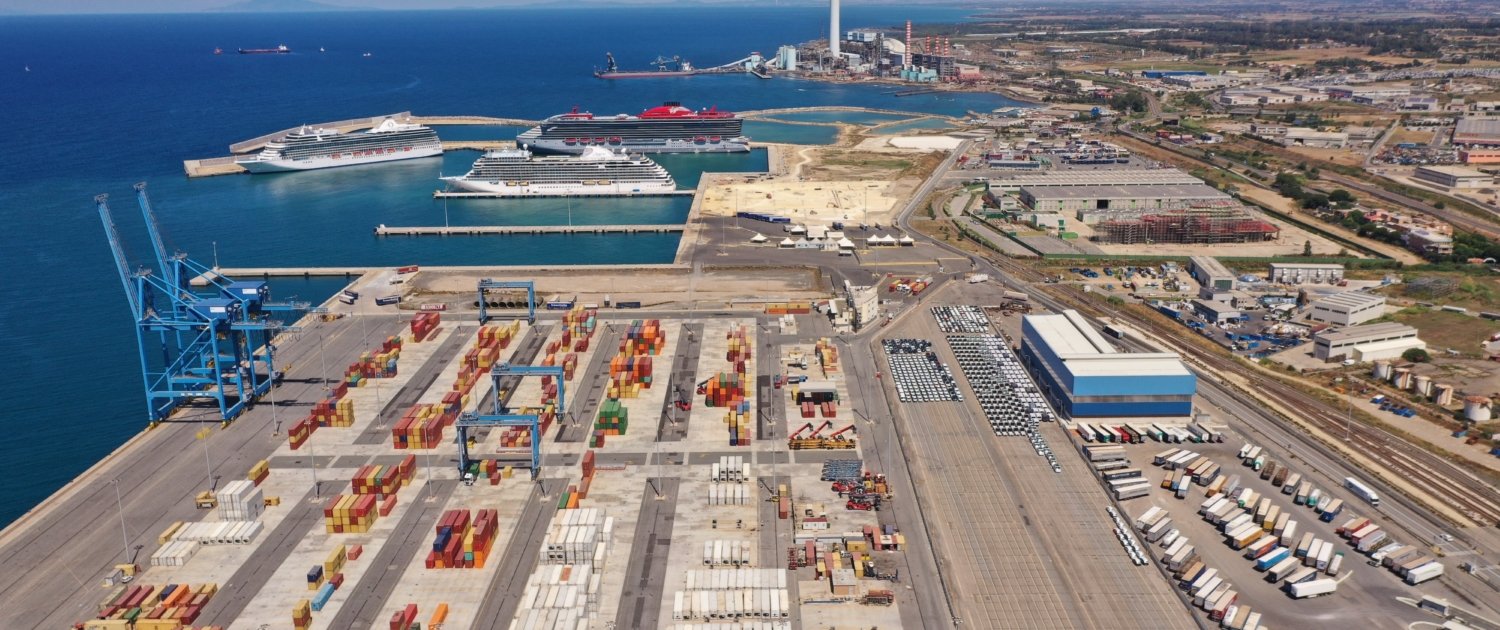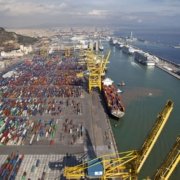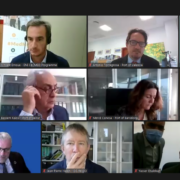Building Bridges Beyond Borders: Science Diplomacy in the Mediterranean
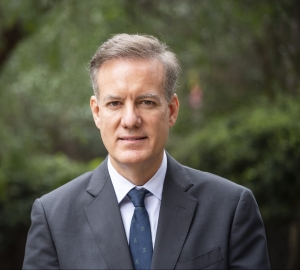 This month we were thrilled to have the opportunity to have this insightful conversation with Mr. Alvaro Albacete Perea, the Deputy General Secretary of the Union for the Mediterranean. In the midst of evolving geopolitical dynamics in the Mediterranean region, we wanted to share this with you to understand the pivotal role of science diplomacy. Mr. Albacete shares profound insights into this burgeoning new field, shedding light on its transformative impact on regional challenges.
This month we were thrilled to have the opportunity to have this insightful conversation with Mr. Alvaro Albacete Perea, the Deputy General Secretary of the Union for the Mediterranean. In the midst of evolving geopolitical dynamics in the Mediterranean region, we wanted to share this with you to understand the pivotal role of science diplomacy. Mr. Albacete shares profound insights into this burgeoning new field, shedding light on its transformative impact on regional challenges.
In this exclusive interview, he elaborates on the significance of collaborative efforts and the Union for the Mediterranean’s proactive stance in fostering cooperation amid the ever-shifting geopolitical landscape.
1. Science Diplomacy has taken centre stage in recent EU policy-making. Our readers may be unfamiliar with the concept, so to help us understand it can you explain the role of science diplomacy in addressing regional challenges in the Mediterranean, such as environmental sustainability and climate change?
Science diplomacy is not simply a rebranding of research cooperation – one of the aims of this approach is building a common agenda to achieve concrete goals through the neutral language of science. In the Mediterranean, it is becoming a powerful tool for focusing on wide regional goals that impact positively all Mediterranean citizens, such as adapting to a shifting climate or making our agriculture more sustainable. Mediterranean researchers, experts and scientists can speak a common language, which policymakers can then use to agree on common goals beyond politics or current circumstances. Effectively, it is a complementary way of doing diplomacy, based on data and facts, where science can shed a light for a way forward even in challenging times of crises or of lacking dialogue.
Let us take the example of climate change: do we really think that an individual polity could fight its most pernicious effects on its population, on the economy, and fight environmental calamities by building alone the most advance environmental agenda, or by advancing in adaptation projects? It clearly requires achieving a common ground of understanding across all Mediterranean Countries of what is needed, and how to do it, and to work on it together. This can be facilitated by science diplomacy.
2. Can you think of some specific examples of successful science diplomacy initiatives or projects in the Mediterranean region that have had a notable impact on policy development?
Allow me to say that in Mediterranean, science has always been a key point of interest between the different shores. Since the Declaration of Barcelona, Science and Research have been identified as cooperation areas. This has led to concrete examples such as the Mediterranean Expert Group in Climate Change (MedECC), which is independent but supported by the Union for the Mediterranean (UfM), which has sounded the alarm with its reports to the worrying trends of climate change in our region, the second most impacted in the world after the poles.
On another front, the UfM Ministers for Research and Innovation have clearly identified as an example of Science Diplomacy in the Mediterranean the Partnership for Research and Innovation in the Mediterranean, PRIMA, which is headquartered in Barcelona and has always enjoyed a strong involvement of the Union for the Mediterranean. This programme, co-financed by the European Union and Mediterranean Member States, is based on an equal footing principles among countries, and provides precious funding for adapting our agri-food system and water systems to the new challenges of the region.
3. How has the Union for the Mediterranean collaborated with the European Union on science diplomacy initiatives, and what outcomes or benefits have been achieved through such cooperation?
Our cooperation with the European Union is structural, since the EU is one of the two co-presidencies that lead the action of the Union for the Mediterranean.
On Science diplomacy, the Union for the Mediterranean has co-organised last month with the European Commission the first Euro-Mediterranean Conference on Science Diplomacy, with more than 80 participants coming from 22 Countries to Barcelona. It has proved a wonderful moment for dialogue, but it has also provided concrete ideas for strengthening our cooperation. The next challenge will be on transforming these recommendations into action.
With the European Union and Jordan, the Union for the Mediterranean is also managing a platform on research and innovation which involves our Member States: this has led to the inclusion in the EU’s main research programme, Horizon Europe of a “Mediterranean Initiative”, based on the priorities identified by this Platform: climate change, renewable energy, and health.
4. With the advancement of technology and globalization, how do you see the educational landscape evolving in the Mediterranean region, and what role does the Union for the Mediterranean playa in this evolution?
Globalization and new technologies are affecting radically the way higher education is provided, but countries in the region find themselves at very different stages on matters related to internationalisation and digitalisation, for example. That is why the exchange of practices and results among Mediterranean countries is extremely valuable. The UfM aims at creating a space of cooperation and exchange of experiences; for that, we support existing regional networks of higher education institutions (HEIs), and we promote regional dialogue among policymakers and higher education leaders. To map the current situation and identify priorities of action, the UfM has also commissioned specific studies: a report on the internationalisation of higher education in the Mediterranean was published two years ago, and a study on digital education will be launched next year.
5. Can you discuss the challenges and opportunities that arise from increased internationalization and digitalization of education in Mediterranean countries?
Regarding internationalisation, two preconditions to implement joint initiatives emerged from the public consultation the UfM Secretariat recently launched: overcoming practical barriers and creating a common vision on the subject.
The barriers to cooperation on internationalisation are manyfold: asymmetric scientific resources and outputs; differences in the level of high school graduates, financial support, quality control and accreditation schemes; incompatible administrative and financial procedures. There is a strong will to address these barriers to ensure that HEIs in the region may provide fair opportunities for students and staff and increase mobility, which ultimately leads to greater cultural exchange, peer-learning, access to global knowledge and resources, the sustainable development of the region and the promotion of peace and stability. Some concrete proposals were put forward by the consultation’s respondents, such as fostering the standardisation and recognition of curricula and diplomas, facilitating visa obtention, promoting multilingual competencies, or supporting capacity building of individual institutions in the development of their strategies.
Concerning digital education, major challenges are limited infrastructure and qualified personnel, as well as limited digital literacy. Proper strategic planning for digital education is also missing. The report on the consultation presents some recommendations: sharing online tools for peer-learning and the sharing of information; building capacity through regular training of staff; supporting digital readiness for the future by promoting digital skills training; increasing access to programmes and “internationalisation at home” through distance learning and virtual exchange programmes; avoiding competition between online and on-site, having in mind that the future is hybrid.
6. In light of the diverse cultures and languages in the Mediterranean region, how does the Union for the Mediterranean work to promote inclusive and multilingual education for greater integration?
There can be cultural and religious barriers that deter students from going on mobility. Stereotypes impact how students from both sides of the Mediterranean perceive each other. Mobility enables students to experience new cultures and understand alternative perspectives. We know the impact the Erasmus programme had on bringing cultures closer and fostering a common European identity. We thus dream of a similar programme for the Mediterranean area.
The Euromed University of Fes and EMUNI University are two UfM-labelled projects with a regional approach, promoting dialogue, knowledge-sharing and intercultural exchange in the fields of higher education, research and innovation.
The regional approach of the Euromed University of Fes (UEMF) is reflected in the diversity of nationalities of its students and staff, as well as in the contents of its study programmes, which focus on topics important for the integrated development of the Mediterranean region. The UEMF is building a new generation of young people with a unique Euro-Mediterranean profile, who can play an active role in transforming the region effectively and cooperatively. Endorsed by the 43 Member States of the UfM in 2012, the UEMF constitutes one of the UfM’s flagship projects and is part of the Mediterranean Initiative for Jobs (Med4Jobs). In line with the conclusions set by the UfM Ministerial Conference on Strengthening Cooperation through Research and Innovation (Valetta, May 2017) and the 1st Euro-Mediterranean Ministerial Conference on Higher Education and Scientific Research (Cairo, 2007), along with the recommendations of the European Neighbourhood Policy (ENP, 2015), the promotion of international student mobility is a key priority of the University.
The Euro-Mediterranean University (EMUNI University) was established within the framework of the Declaration of the Paris Summit for the Mediterranean (Paris, 2008). The institution gathers knowledge and experience from over 130 universities from 33 different countries, significantly contributing to the creation of an integrated Euro-Mediterranean Higher Education and Research Area. With its headquarters in Piran (Slovenia), EMUNI University’s main mission is to strengthen mutual understanding and intercultural exchange in the Mediterranean region. It does this by implementing accredited study programmes and other educational activities. The university also conducts scientific research and coordinates projects related to Euro-Mediterranean affairs and cooperation.
Inclusive education remains a challenge in many countries. It is fundamental to improve accessibility to higher education, to update policies in the entire education process, and to identify the specific needs of marginalized individuals and groups. The UfM is also promoting actively gender equality: in December, we are organizing a workshop aimed at exploring the technical intricacies involved in drafting Gender Equality Plans (GEPs) in HEIs. Representatives from EU universities who have successfully designed such plans and Southern Mediterranean universities that have set notable examples will showcase their respective situations. The workshop aims at demonstrating the fundamental role of GEPs in fostering inclusivity, with a focus in the STEM areas.
7. In a globalized world, how can the Mediterranean region leverage its unique geographical position and cultural diversity to foster greater integration and cooperation in science, technology, and education?
Like Sun-Tsu would advise, it is advantageous to transform challenges and risks into opportunities. Currently the global arena is undergoing many epochal changes and tensions: from conflicts, to growing sanctions, and trade flows which are becoming more and more under scrutiny. At a time where trading and exchange between partners which very distant geographically is becoming more complicated, this can prove an asset to the Mediterranean region in terms of “near-shoring” as it could push further economic integration.
Nevertheless, trade and economy depend on the people that run it, the so-called “human capital”, which requires greater efforts on education and research for ensuring that the right kind of skills are in the right markets, that cooperation bring forward the appropriate technologies needed for the green transition, and that academic titles become more compatible across countries. An ambitious task perhaps, but even realising a fraction of it would lead to great economic returns.
8. How do you see the broader Mediterranean region addressing the digital divide and ensuring that technological progress is accessible and equitable for all its diverse communities?
Should the digital divide in infrastructure and skills be tackled properly, the Fourth Industrial Revolution brings about a disruptive transformation that affects all aspects of social and economic life. Skills development and digital education play a key role in boosting employability, competitiveness, and growth and in better addressing the challenges of technological change and digitalization of the economy in the region. There is a need to enhance the exchange of good practices, at bilateral and regional levels, in key areas of the Digital Economy.
Partnerships in the UfM framework enable Member States to catch up front-runners. The UfM Regional Platform on Digital Economy and Internet Access has the objective of removing the regional barriers in the digital sector such as e-trust services, e-health, connectivity for research and education institutions, harmonization of legal frameworks, in particular on telecommunications or open data. The UfM Secretariat is using its potential to promote regional harmonization of digital transformation policies and support practical development of digital ecosystems in the interested Member States.

